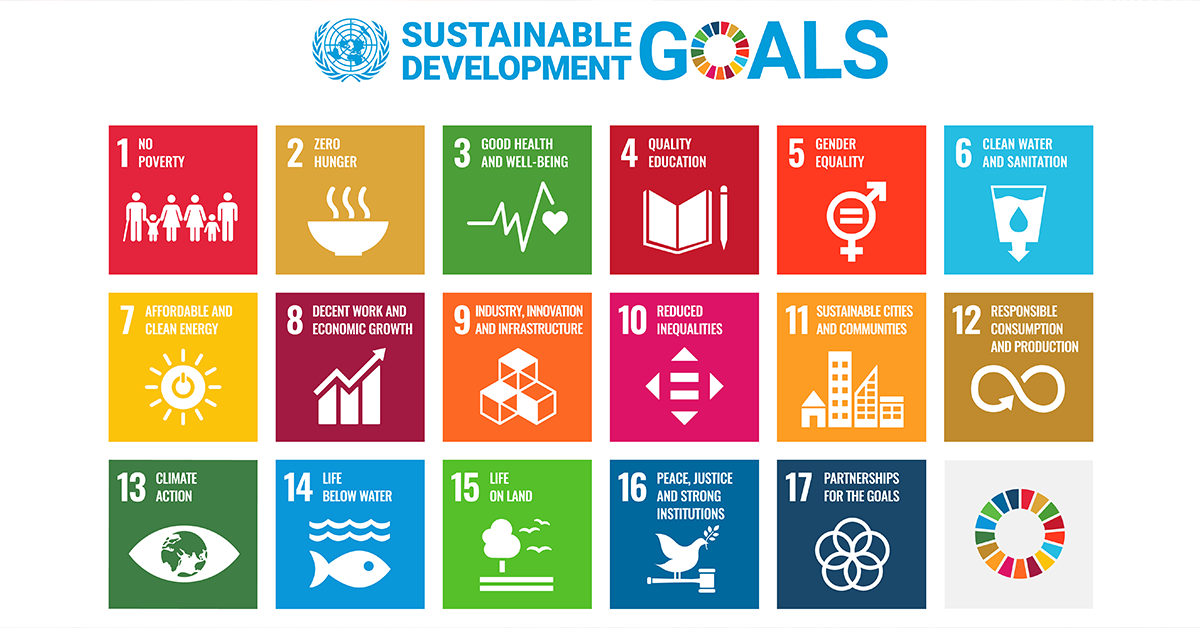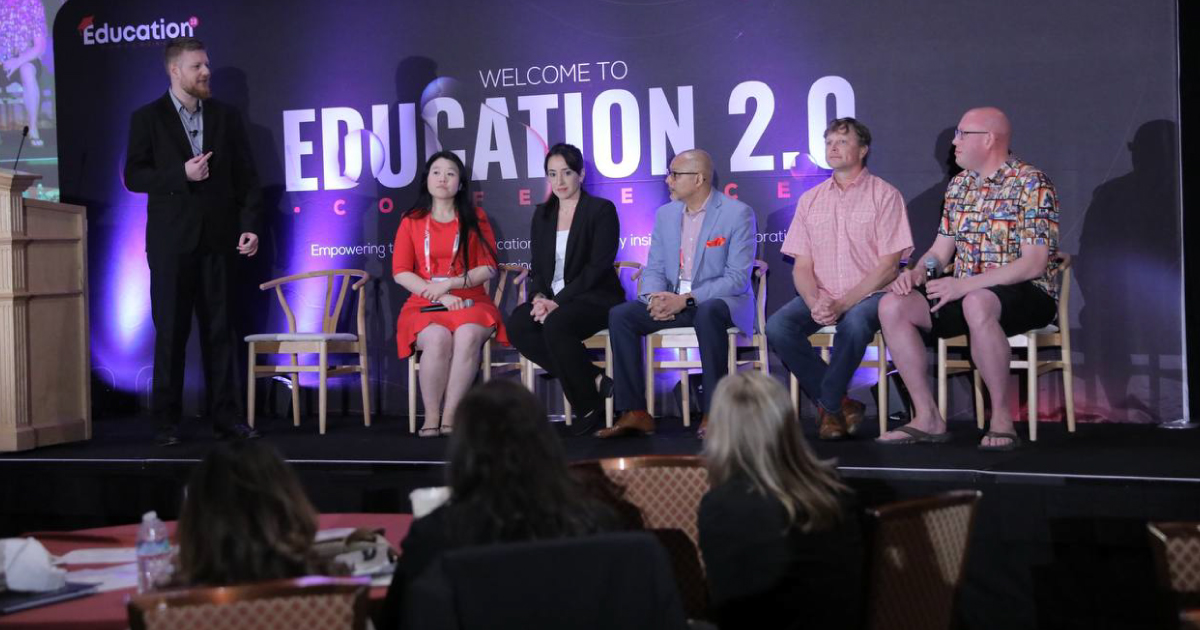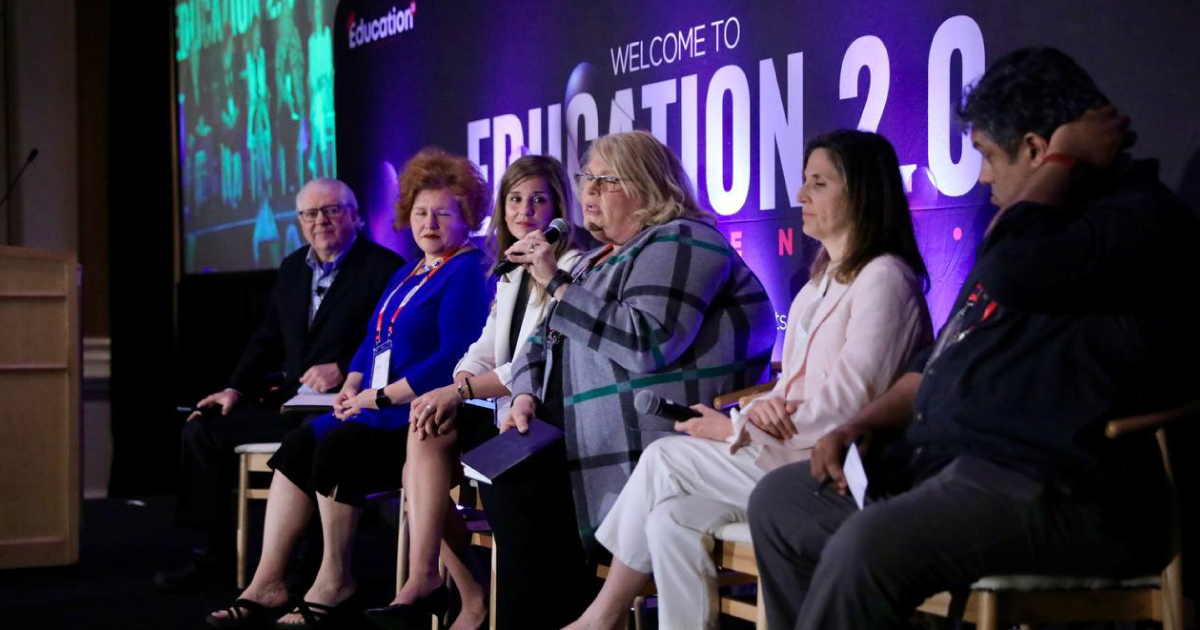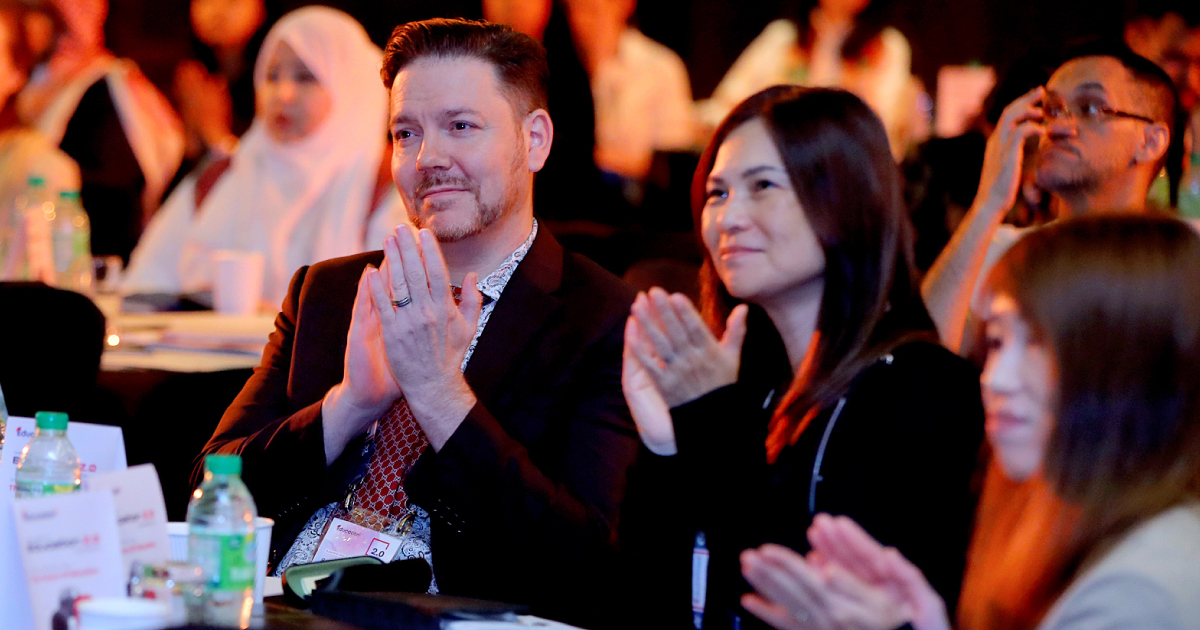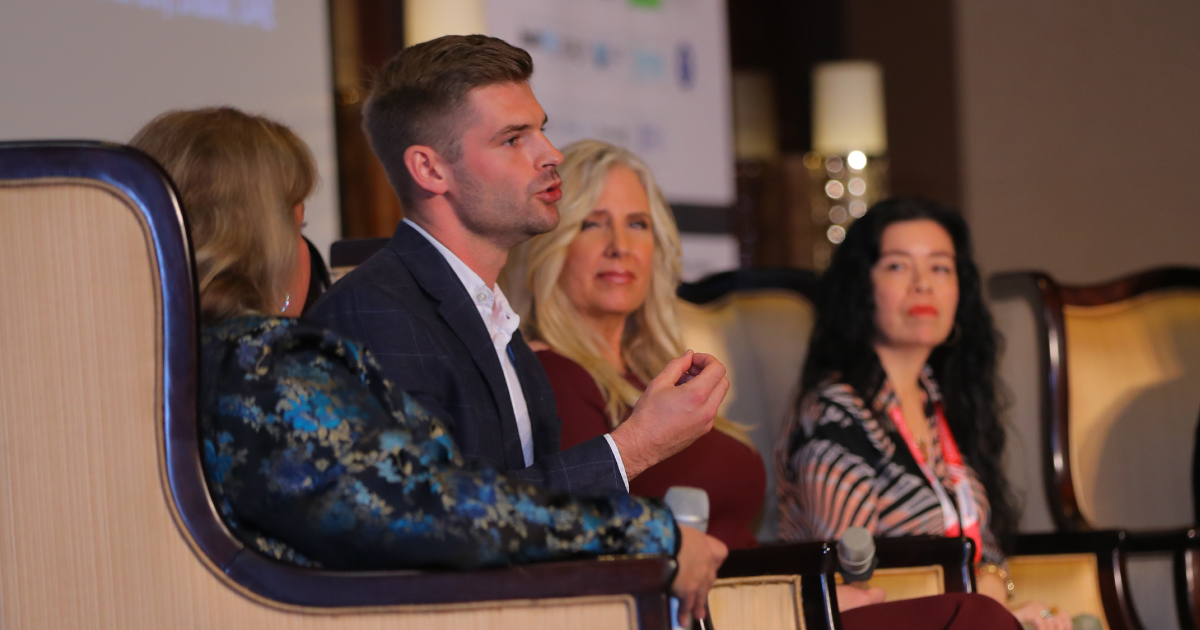The Sustainable Development Goals represent a bold global agenda. They form the transformative pillars for the world's most pressing economic, social, and environmental challenges.
SDGs provide a powerful framework for the educational sector. When adopted in schools and institutions, they ensure inclusive and equitable quality education and promote lifelong learning opportunities for all, making them particularly relevant for schools. Top education conferences, like the Education 2.0 Conference, discuss the importance of establishing SDG goals in the educational sector. Let’s disseminate their insights with close reference to their contribution to students and local communities.
A Brief History Of SDGs:
Adopted by the United Nations General Assembly in 2015, the SDGs are a set of 17 interrelated goals and 169 targets. They provide a comprehensive framework for sustainable global development. Primarily, SDGs were designed to recognize the complex and interconnected nature of global challenges. By 2030, SDGs aim to achieve a better and more sustainable future for generations to come.
SDGs In Schools:
Schools work towards achieving SDGs through their operations and community engagement. For example, schools can reduce their environmental impact by adopting sustainable practices such as recycling, energy-efficient lighting, and using renewable energy sources. Expert educationalists and speakers from global education expos believe that Incorporating the SDGs into school curricula and activities can help create a generation of responsible and engaged global citizens who are equipped to address global challenges.
SDG Adoption In US Schools:
Some US schools have incorporated the SDGs into their existing social studies, science, and English curricula, while others have created new courses specifically focused on sustainable development. Additionally, schools have used the SDGs as a platform for extracurricular activities, such as sustainability clubs and community service projects.
Education events in 2023 discuss the efforts made by US schools to reduce their environmental footprint. By implementing energy-efficient technologies, reducing waste, and promoting sustainable transportation options, schools have. Others have focused on increasing diversity and inclusion within their communities.
While the extent to which US schools have incorporated the SDGs into their activities may vary, there is growing interest in the field in various sectors. Top education conferences today explore its importance for future generations. By integrating the SDGs into their curricula and activities, schools in the US can help to create a generation of responsible and engaged global citizens who are equipped to address the world's most pressing challenges.
Fostering Moral Values And Engagement In Schools:

SDGs provide schools and communities with a clear and compelling framework for fostering a sense of purpose and engagement by providing a common vision that everyone can work towards. By working together to fulfill development goals, students achieve-
- Clear direction:
The SDGs provide a clear direction for schools and communities, helping them to identify priorities and focus their efforts on achieving specific sustainable development goals. This can be a motivating factor for students, teachers, and community members.
- Shared values:
The SDGs are based on a set of shared values, such as social justice, equity, and environmental sustainability. By working towards the SDGs, schools, and communities can align themselves with these values and create an identity for students to relate to.
- Teamwork ethics:
The SDGs require collaboration and cooperation between different stakeholders, including governments, civil society, and the private sector. This can provide an opportunity for schools and communities to build strong relationships and partnerships that can be rewarding and motivating.
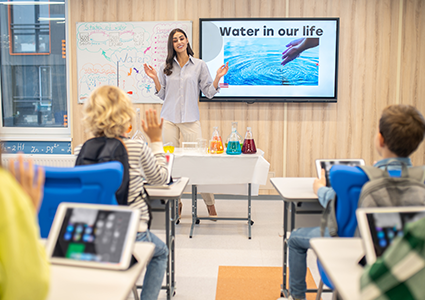
How Do SDGs Improve Educational Outcomes For Youth?
The adoption of SDGs in schools can improve educational outcomes. Teachers can streamline the core modules to represent SDGs that help students better tackle modern-day problems. The Education 2.0 Conference, one of the most renowned global education expos, shares how SDGs can improve educational outcomes:
- Promoting critical thinking and problem-solving skills:
The SDGs require students to think critically about complex issues related to sustainable development, such as climate change, poverty, and inequality. By engaging with these issues, students can develop critical thinking and problem-solving skills that are essential for success in the modern world.
- Encouraging creativity and innovation:
The SDGs require creative and innovative solutions to some of the most pressing economic, social, and environmental challenges facing the world today. By engaging with the SDGs, students can develop creativity and innovation skills that are essential for success in the modern workforce.
- Building global competence:
Top education conferences today share facts about how the youth today needs to become more concerned about the world they live in. They suggest ways in which students can recognize their roles in modern society, and build a strong global competence to support their ambitions. Students should engage with issues that are relevant to people all over the world, and stay updated about the common concerning themes in society today. By engaging with the SDGs, students can develop global competence, which is essential for success in a rapidly changing and interconnected world.
- Connecting classroom learning to real-world issues:
The SDGs provide a way for teachers to connect classroom learning to real-world issues related to sustainable development. This can make learning more relevant and engaging for students and can help to promote a sense of purpose and motivation.
Promoting Community Engagement And Partnerships With SDGs
The SDGs provide an opportunity for schools to engage with their local communities and create partnerships with local organizations and businesses. This can help to build strong relationships and networks that can lead to positive social and economic outcomes for the youth. Following are some of the ways in which the SDGs can promote community engagement and partnerships:
- Encouraging dialogue and engagement:
The SDGs provide a common language and framework for sustainable development, which can help to foster dialogue and engagement between different stakeholders, including community members, civil society organizations, and government officials.
- Providing a shared vision:
The SDGs provide a shared vision for sustainable development, which can help to align the priorities and goals of different stakeholders. This can promote collaboration and partnerships, as well as a sense of shared purpose and identity.
- Mobilizing resources:
The SDGs require significant resources to achieve, including financial, technological, and human resources. By working together, communities and stakeholders can mobilize resources more effectively and efficiently, and make progress toward achieving the SDGs.
- Empowering communities:
The SDGs empower communities to take ownership of their own sustainable development, and to work towards the achievement of the goals. This can promote community engagement and partnerships, as well as a sense of agency and ownership over the sustainable development agenda.
Can SDGs Help Enhance Environmental sustainability?
Many of the SDGs are related to environmental sustainability, and schools and local communities can benefit from implementing these practices. Education events in 2023 focus on how spreading awareness of such practices can help reduce the overall environmental footprint.
Speakers from top education conferences believe that providing a comprehensive and integrated framework for sustainable development can reduce waste, conserve natural resources, and promote a circular economy. Moreover, common environmental agendas today include -
The Role Of SDGs In Increasing social and economic equity:
The SDGs are focused on creating a more just and equitable world. Schools and local communities can benefit from initiatives that reduce social and economic disparities.
Top education conferences today emphasize that SDGs are designed to increase social and economic equity by addressing some of the most crucial economic, social, and environmental challenges in the world today. Here are some of the ways in which the SDGs can increase social and economic equity:
Ideally, equal opportunities in healthcare and education, can lead to a smooth functioning and equitable society. Top education conferences invite speakers from around the world to discuss the importance of SDGs in increasing social and economic equity.
How Do Top Education Conferences Help Toward SDG Adaptation In The Community?
The Education 2.0 Conference is a great platform to share and learn about the modern perspective towards Sustainable It is a global platform where expert educationalists and economy enthusiasts gather from around the world to discuss the importance of adapting development goals in a sedentary society today.
Overall, SDGs provide schools and local communities with a roadmap for sustainable development that can lead to improved educational outcomes, community engagement, and positive social and economic outcomes. By working towards the SDGs, schools and local communities can create a more just, equitable, and sustainable world for all.
- Promoting renewable energy:
By promoting renewable energy, the SDGs can help to reduce greenhouse gas emissions, mitigate the impacts of climate change, and promote sustainable energy access.
- Integrating environmental sustainability into decision-making:
The SDGs emphasize the importance of integrating environmental sustainability into decision-making across all sectors, including agriculture, industry, and infrastructure. Through such integration, SDGs can help to promote a more sustainable and resilient future.
- Reducing poverty
- Promoting inclusive economic growth
- Investing in education
- Addressing gender inequality
- Promoting access to basic services



